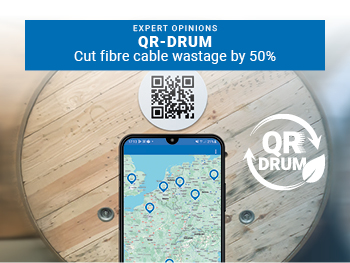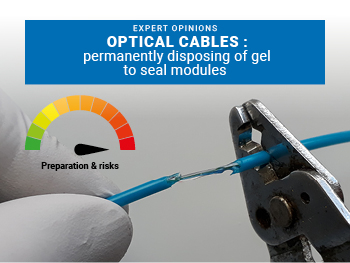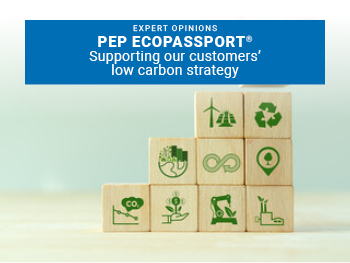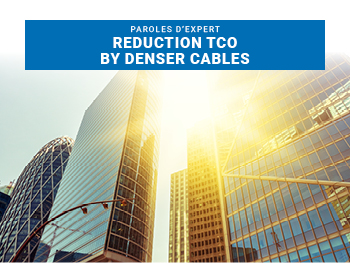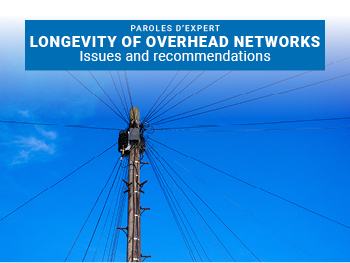ACOME highlights the impact of choices and uses on networks carbon footprint
Since the last century, the emission of greenhouse gases has been multiplied by 6 and the average temperature has already increased by more than 1° Celsius (2° Fahrenheit) since 1880 (NASA GISS).
The Paris Agreement, signed by 55 countries in December 2015, aims to keep global warming below 2°Celsius by 2010, compared to preindustrial level.
According to the Intergovernmental Panel on Climate Change (IPCC), when humanity will have emitted 2900 CO2 gigatons, the growth of temperature could not be kept below this treshold.
More than 2000 gigatons have already been emitted in the last 50 years and the carbon credit available is now only 800 CO2 gigatons. At the current rate, this carbon budget will be over in 20 years.
With its cooperative model, ACOME is particularly vigilant with the sustainability of its activities and its environment (launch of cables with lower carbon footprint, digital drum, etc.). Therefore, the fight against global warming is naturally incorporated in its daily actions.
The growing impact of digital
Today, digital has an important place among our uses. According to the Global E-Sustainability Initiative, if Internet were a country, it would be the sixth bigger power consumer representing 3.5% of the CO2 emissions accross the world. According to different sources, these emissions would already be increasing of 8% a year.
Even if digital can sometimes provide energy savings, it cannot be free from carbon sobriety.
The networks with better carbon sobriety
According to ARCEP, the French communications regulator, a FTTH line uses 0.5W whereas an ADSL line uses 1.8W. An optical fibre network uses 3.6 times less energy than a copper one.
Promote FTTH deployment and migration of subscribers to this media is a first lever to carbon sobriety.

About the energy consumption of mobile transmission, this is 0.6kWh/Go on average.
A 4G networks user uses about 50 kWh/year, more than ten times than an optical fibre user. Unlike a fixed network, whose consumption increases a little with the speed, the mobile consumption is proportional to the quantity of data exchanged.
As much as possible, foster the Wi-Fi is already an act to the carbon sobriety. Develop our uses will also have a strong influence on our carbon emissions, for example, this is already possible to upload content with Wi-Fi to have them available offline on a mobile phone (video & audio streaming platform).
According to Ericsson, 5G technology is 20 to 30% less energy intensive than 4G technology at constant use.
However, there is a risk that users take the advantage of that to overconsume, this is the "rebound effect". The use remains the determinant factor to act on carbon footprint.
While the uses and network operations have a direct component on CO2 emissions, the carbon impact of the infrastructure is to spread over its lifetime. Despite this, it must also contribute to reduce it.
The logistic must also be taken into account, for example, assuming half cable volume needed to complete European FTTH deployment is routed by long distance boat transport, this would generate 200 kilotons of CO2 which represents 1 year of emissions of major incumbent network operator Each time there is a local alternative, your choices have an impact on remaining carbon credit.
